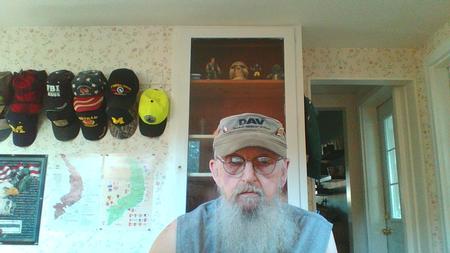ABOUT 148th Evac Hospital
- World War II Origins: The 148th Evacuation Hospital was activated during World War II on August 25, 1942, at Camp Barkeley, Texas, as part of the U.S. Army’s rapid medical expansion.
- European Theater Service: The unit deployed to the European Theater, landing in England in May 1944, and later moved to support Allied operations following D-Day, providing crucial medical care to wounded soldiers in France and Belgium.
- Battle of the Bulge: During the Battle of the Bulge in winter 1944-1945, the 148th was stationed near the front lines, treating hundreds of casualties in harsh winter conditions under frequent threat of enemy fire.
- Medical Innovations: The 148th Evac Hospital was among the first units to implement new battlefield triage techniques and rapid evacuation procedures, which greatly improved survival rates among the wounded.
- Humanitarian Work: Beyond treating soldiers, the 148th often cared for local civilians affected by the war, including those injured during the liberation of concentration camps and in the aftermath of battles.
- Decorations and Commendations: The unit received several commendations for its service, including campaign participation credits for Normandy, Northern France, Rhineland, Ardennes-Alsace, and Central Europe.
- Post-War Service: After WWII, the 148th continued to serve as a reserve medical unit, ready to be called upon for future emergencies and conflicts, adapting to new military medical standards.
- Vietnam War Reactivation: Elements of the 148th were reactivated during the Vietnam era, with personnel supporting medical missions and training exercises, although the unit did not deploy as a whole to Vietnam.
- Women in the Ranks: The 148th Evac Hospital included many Army Nurses, some of whom rose to prominence in military medicine, highlighting the crucial role of women in combat medical care.
- Legacy and Reunion: Veterans and descendants of the 148th have held reunions to honor their service, and the unit’s history is preserved in various military museums and archives, ensuring its legacy endures.



